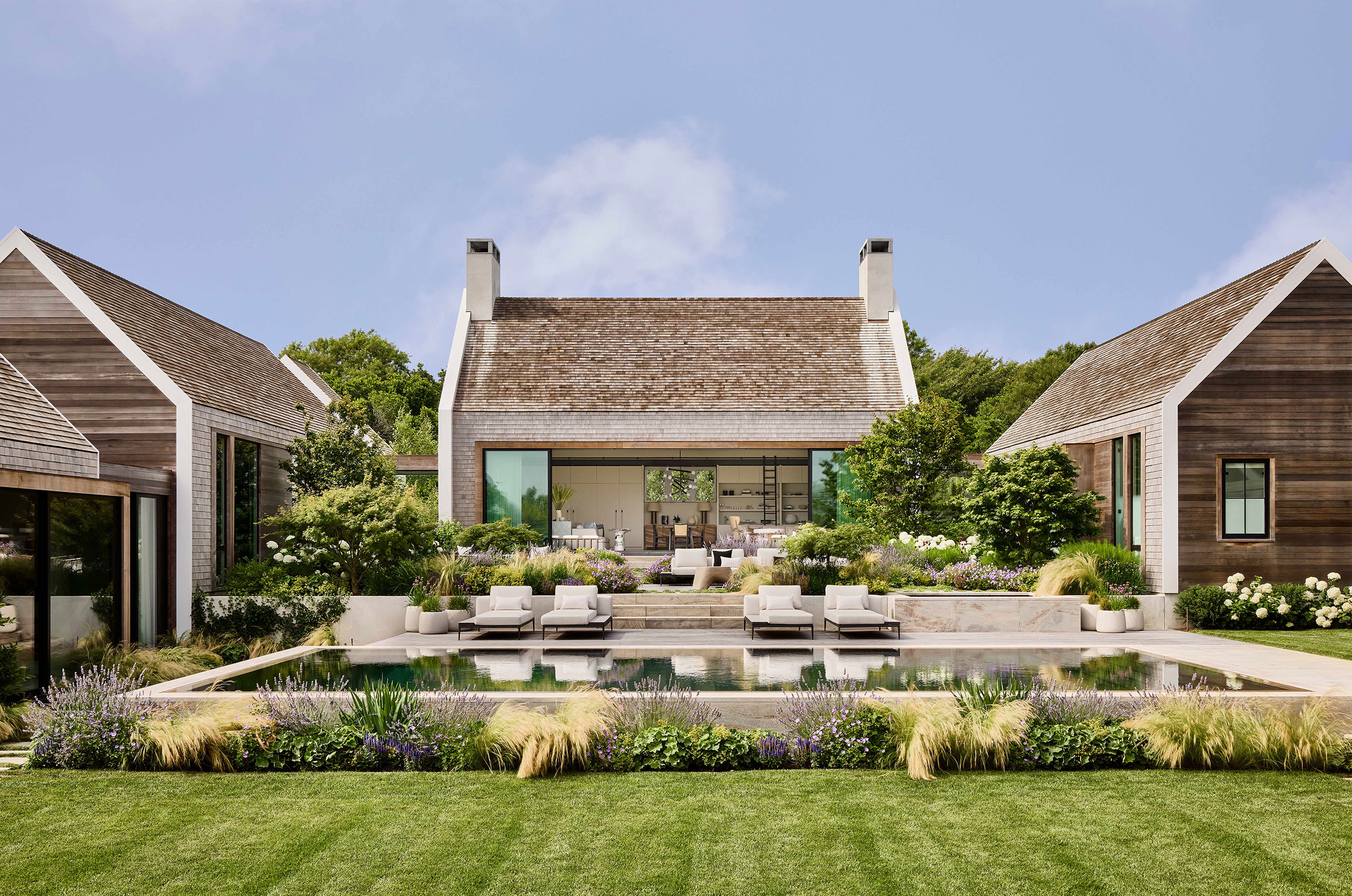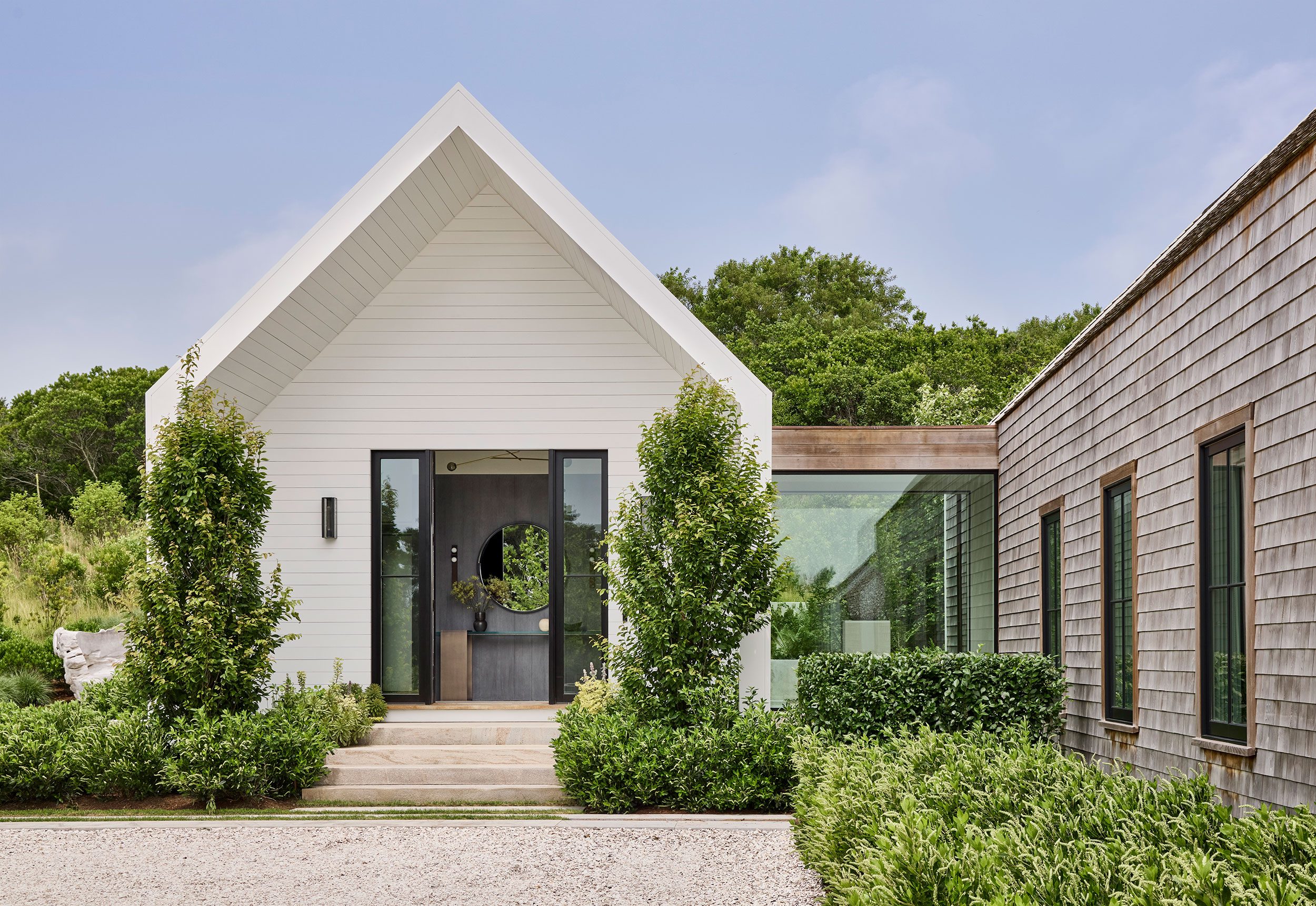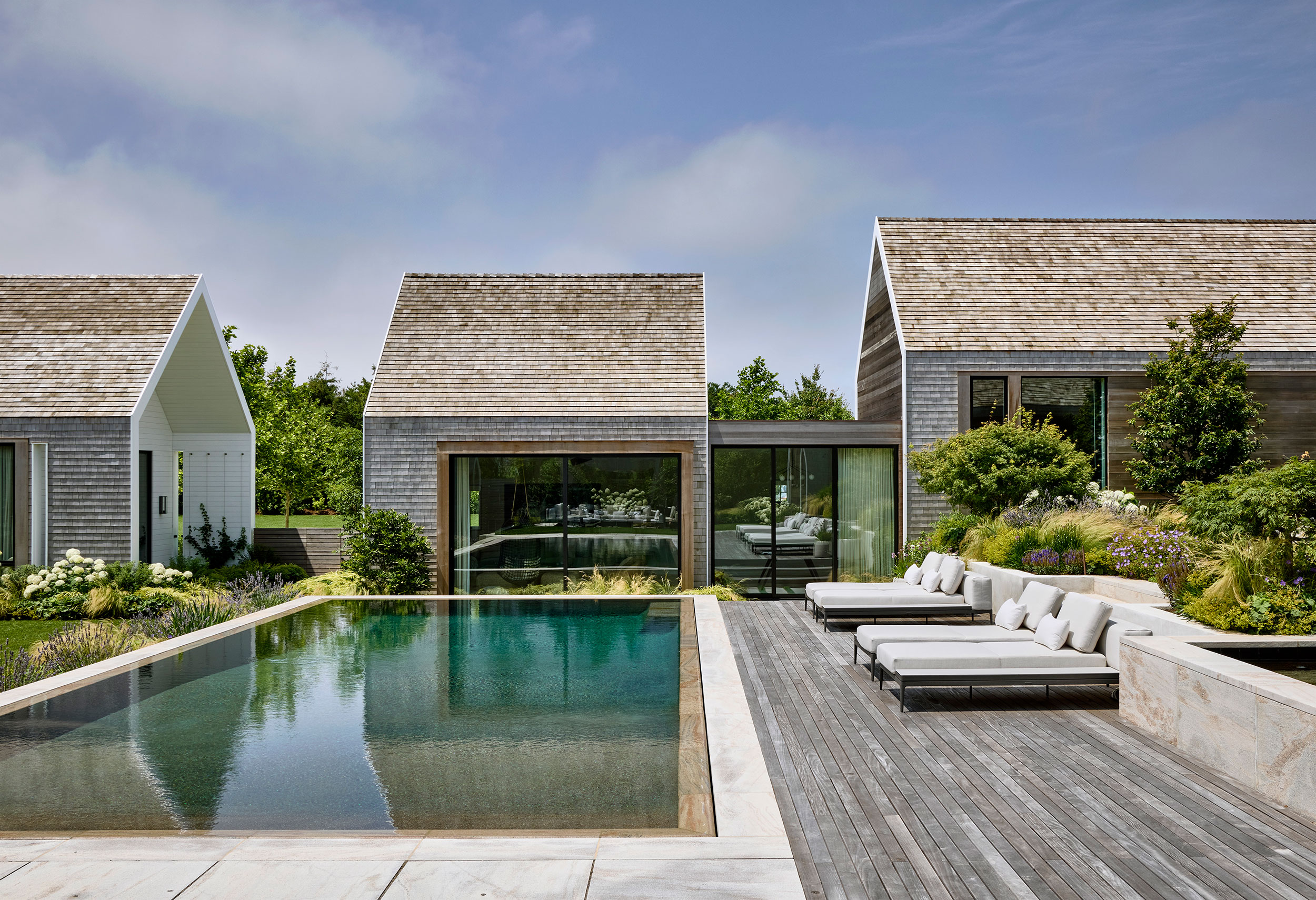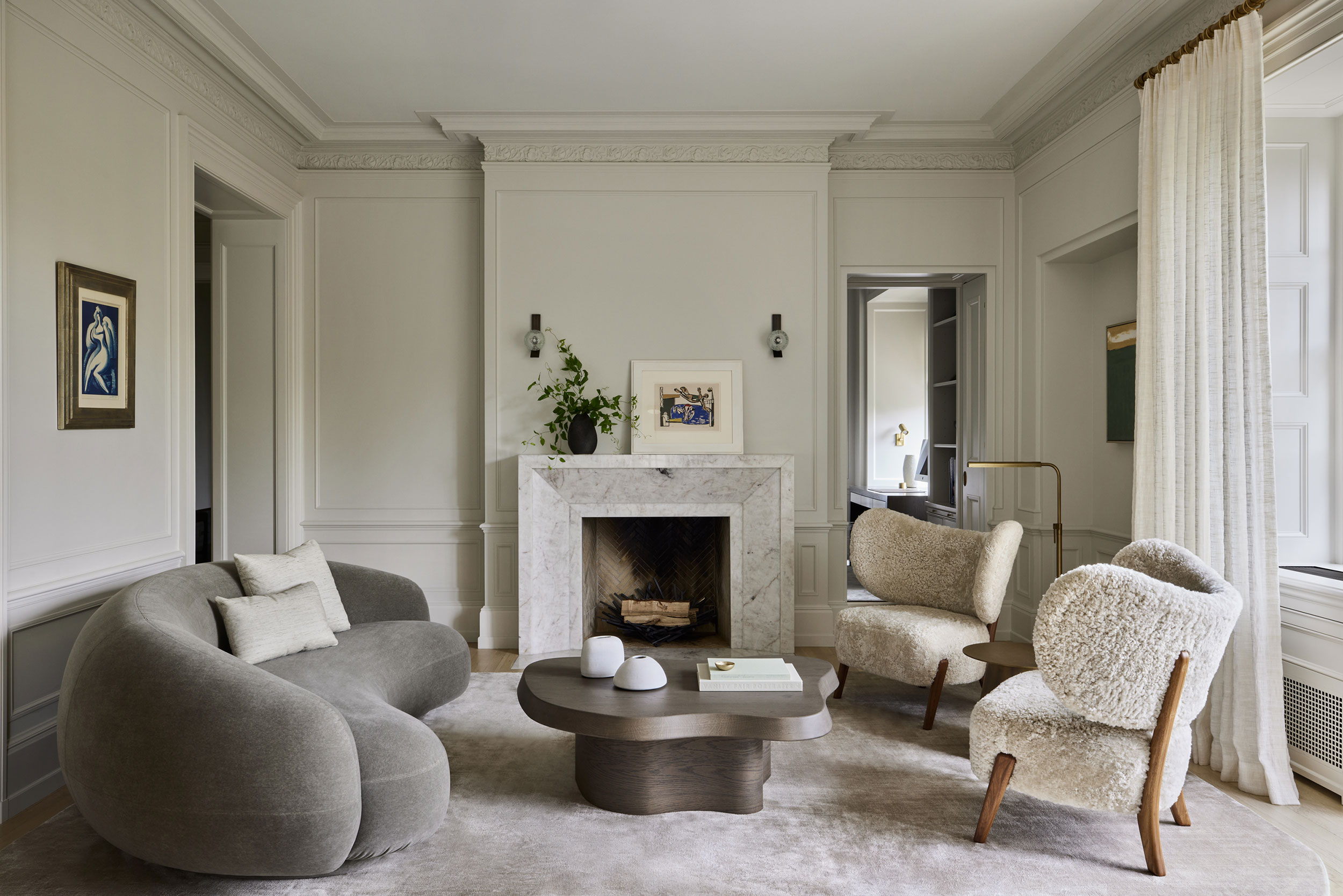Modern Design in a Historical Context

Historic influences are inextricable from modern design, allowing our past to inform how we live in the present. Context is core to our process, and time-honored architectural traditions come with every place in which we build – especially Nantucket and New York City. In each of the following homes, see how we navigated precedent while designing through the Workshop/APD lens.
A Look Back: Nantucket
The decline of the island’s Quaker population in the early twentieth century combined with the booming whaling industry brought new money and styles of influence to the island. These new styles used complex geometries, alternative roof lines, and elaborate details, marking a departure from the Quaker approach to design. Today, the Historic District Commission enforces certain regulations around the construction and renovation of homes on the island to ensure they fit the island’s historic character.
Village Way Compound
Completed in the past year, this modern compound contains all the fundamental features of a Nantucket cedar shingle home with a distinctly modern point of view. Comprised of 8 connected gabled masses, a web of walkways provides harmonious and functional transitions between indoor and outdoor spaces.
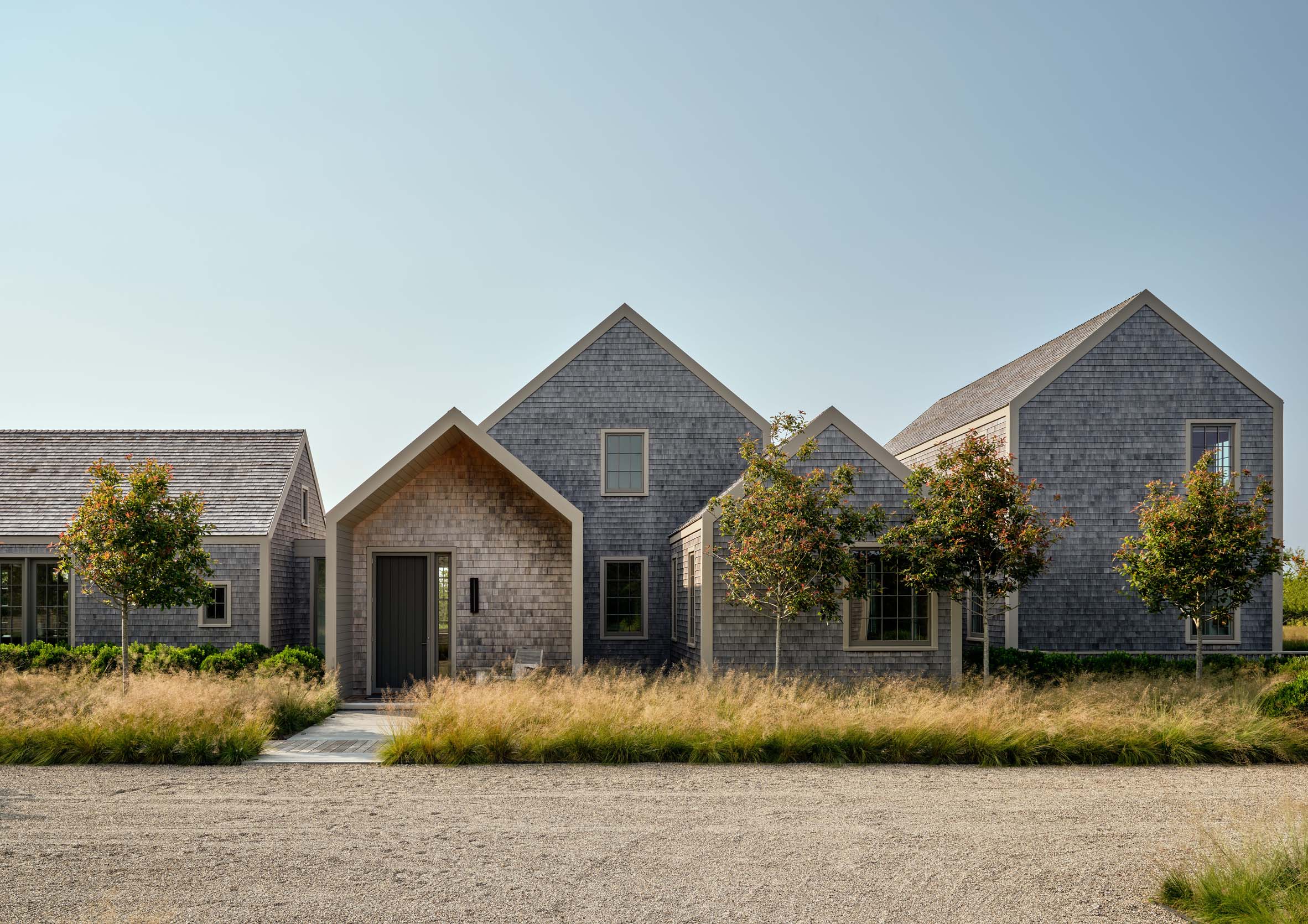
The Courtyard House
Our iconic Courtyard House works both in and around Nantucket building conventions. Out of view from both the road and the shore, we were able to incorporate glazed sections and bright white exteriors that typically don’t pass HDC guidelines.
Nantucket Harbor Compound
Working within historic district commission guidelines, we utilized the existing home as a starting point and steep site plan to sculpt the home into the landscape and create a series of levels highlighting the extraordinary view from high to low.
A Look Back: New York
In dynamic, always-changing New York City, old and new live side by side. New York’s pre-war apartment buildings are aesthetically distinctive and bring historic character to the modern metropolis. Pre-war buildings were typically built between 1900-1939, though apartments dating back as far as the 1880s are often included, and they are characterized by the following:
- Quirky, spacious layouts and irregular architecture
- Wide hallways and foyers and ample closets
- High ceilings and large windows
- Hardwood flooring, decorative architectural detailing, intricate millwork, ceiling medallions, elegant grown moldings and baseboards
The Beginnings
Workshop/APD’s earliest projects included several apartments in Pre-War buildings. Tasked with updating – and in some cases reimagining – these classic residences, the firm found an enduring respect for the craftsmanship and detailing that are inherent to New York City’s Pre-War buildings. The resulting approach views classical detailing, scale and proportion through a modern lens, balancing functionality and aesthetics, improving building systems, and reimagining decorative details in a more modern way.
Park Avenue Transformation
Through an extensive architectural renovation, Workshop/APD transformed a stuffy, outdated Park Avenue apartment into a chic, functional primary residence for a couple and their two small children. The new home, finished to perfection, features crisp linear detailing that is an updated, minimalist take on traditional Upper East Side style. Floorplans were reimagined to accommodate a cozy private wing, welcoming, elegant rooms for relaxing and formal entertaining, an eat-in kitchen with family room, and dedicated, flexible spaces for work and play.

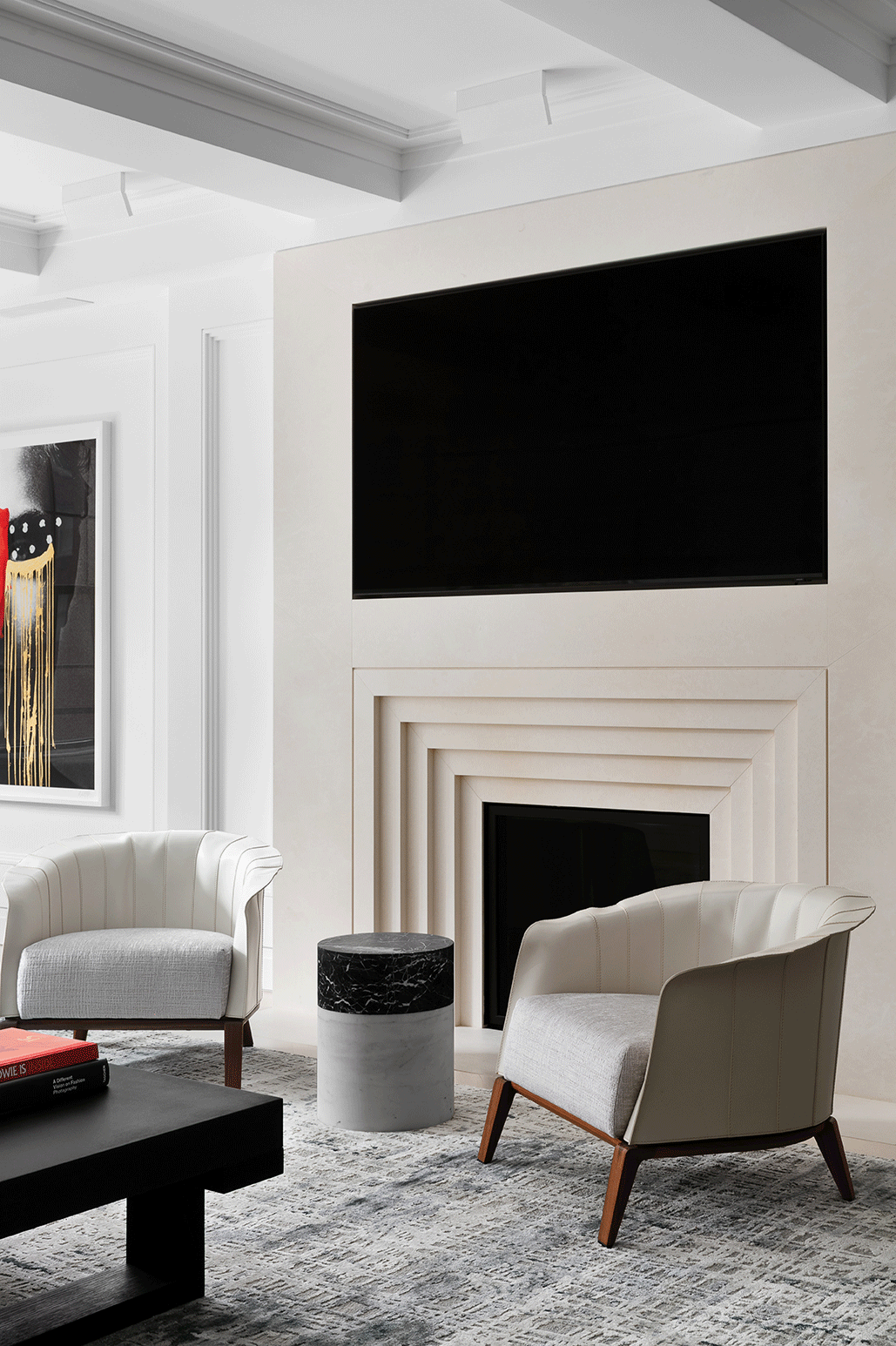
Classic Contemporary Apartment
This extensive interior renovation is a luxurious, minimalist take on a classic Parisian flat in the heart of SoHo. We highlighted and enhanced the building’s classic details with streamlined millwork, a rich, masculine material palette of dark wood, natural stone, and terrazzo.
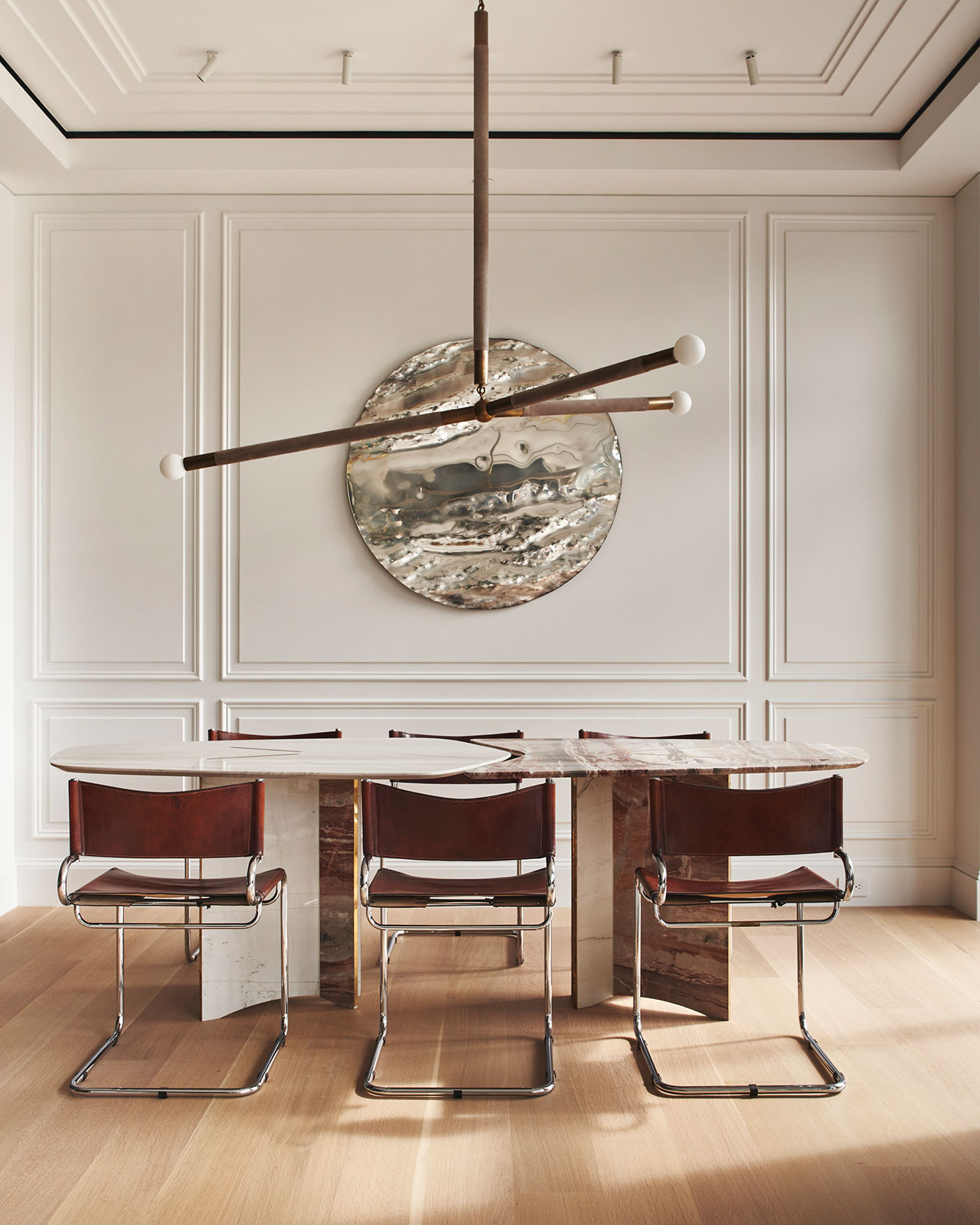
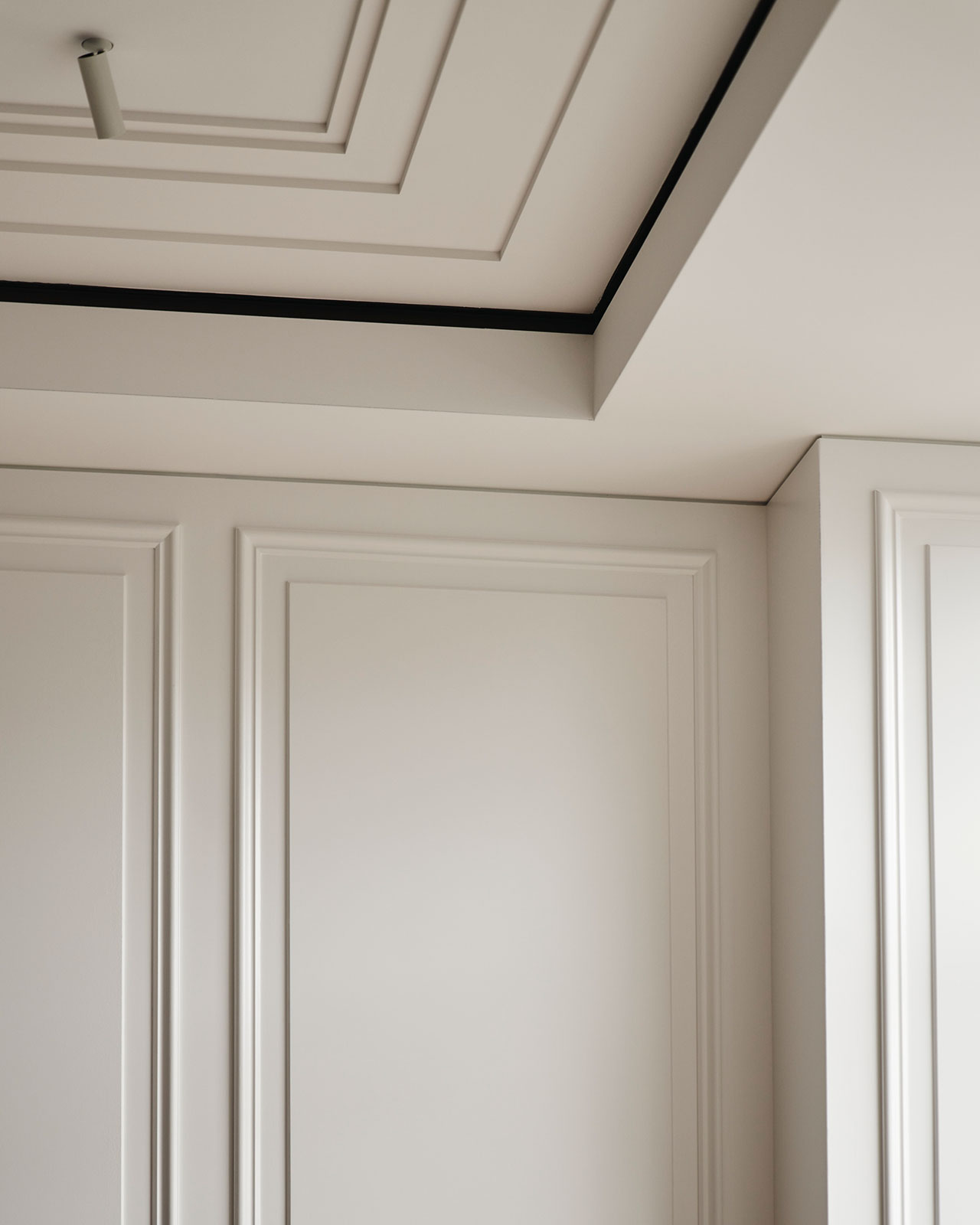
Pre-War on the Park
We revitalized this pre-war home on Central Park West, with a New York twist on modern French interiors and classic architecture. The aim was to help the family maximize space, rearranging rooms and adding storage in the process. The home’s historic features were largely preserved – in fact, the original moldings and the French doors inspired the interior design scheme.
